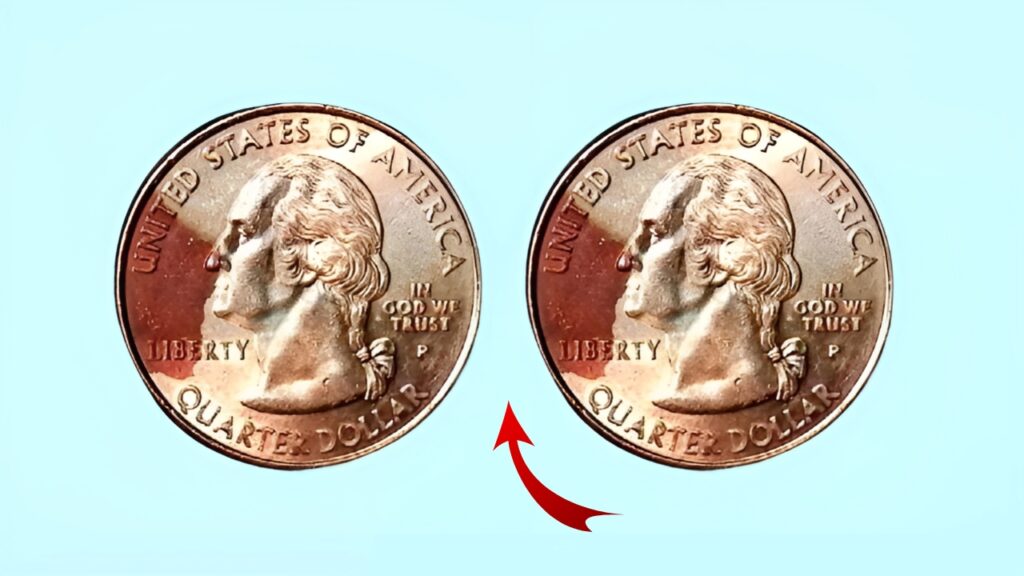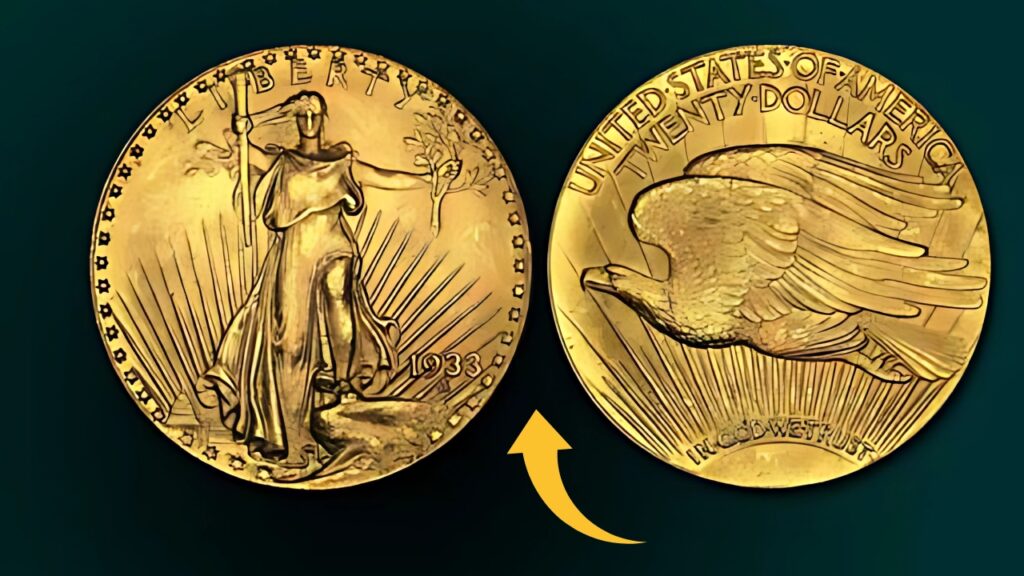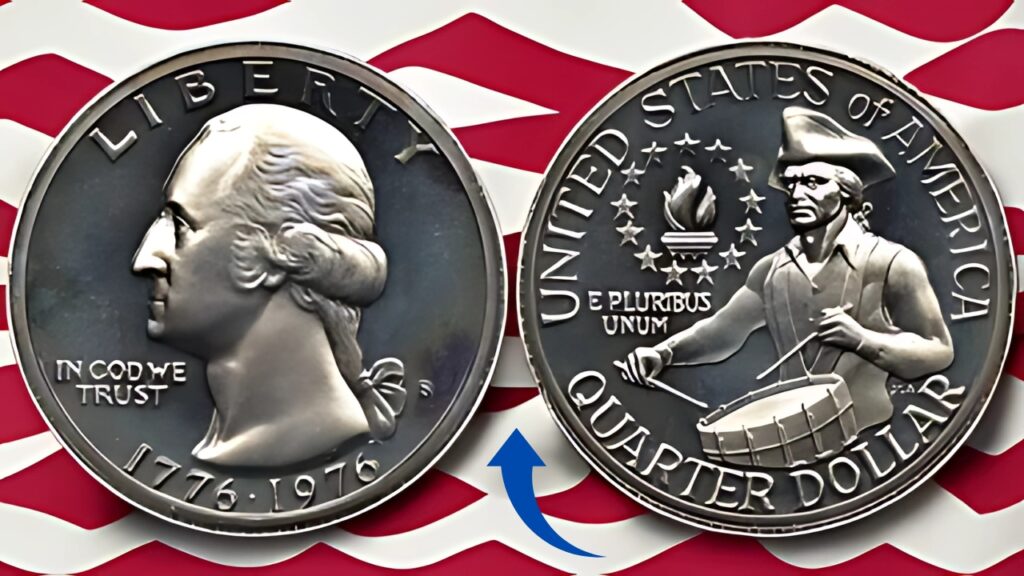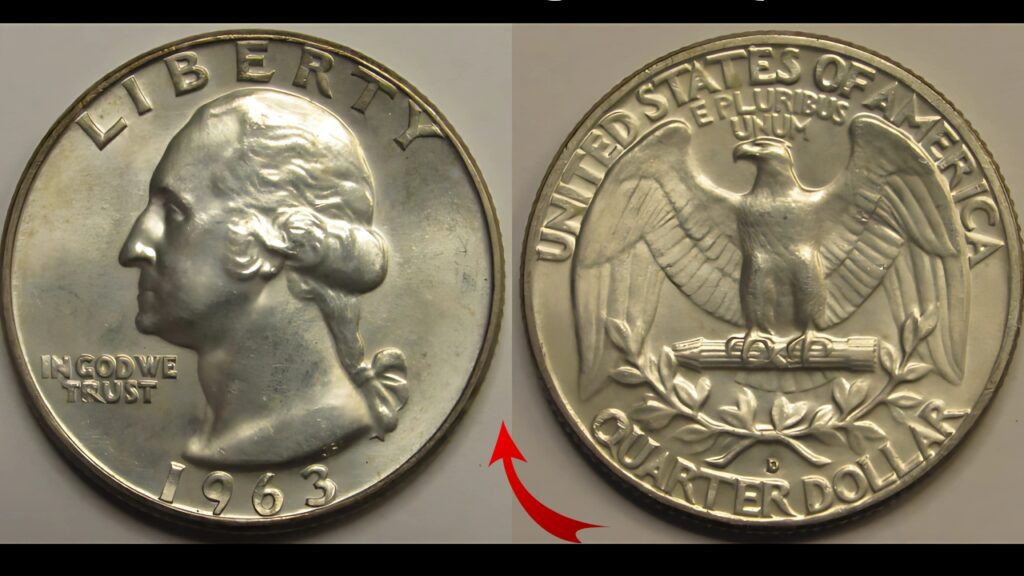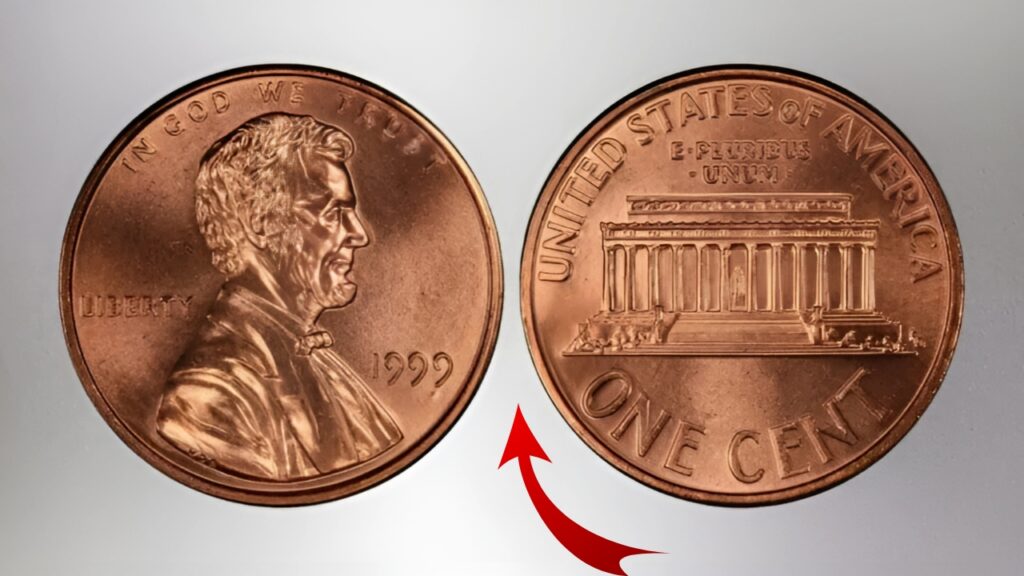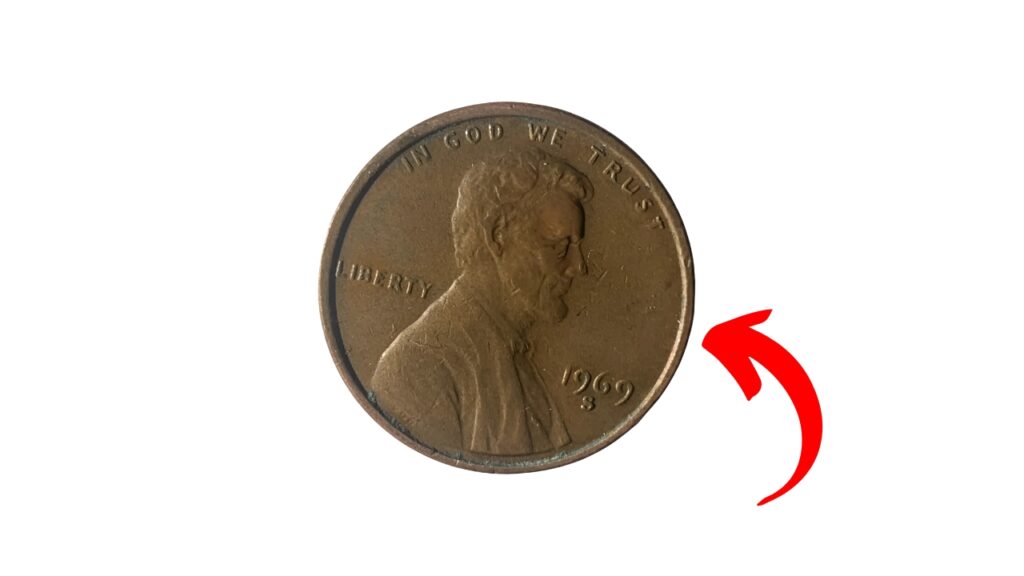7 Historic Coins: Coins are distinctly more than just money – they are tangible remnants of human history from the economy, political power and cultural values.
Over the centuries, these little metal disks have enabled trade, funded empires and, on occasion, revolutionized economies. The following are seven coins of history that had a massive impact on the course of the world economy.
Table of Contents
7 Historic Coins: Lydian Stater (600 BCE)
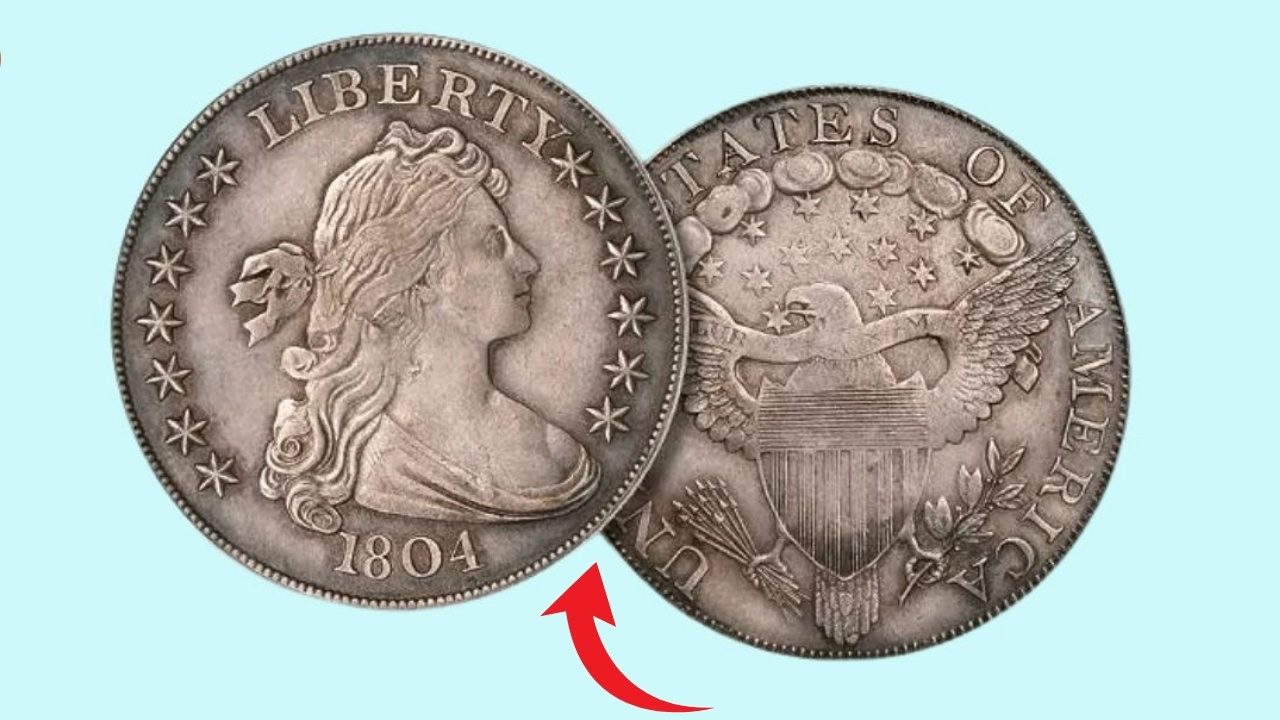
The origin of standardized coinage dates back in ancient Lydia (modern west Turkey), when King Alyattes issued the world’s first official denomination-certified coin.
These early staters were made of electrum, a naturally occurring alloy of gold and silver, with simple designs such as the lion’s head. They were indeed a revelation in government-monitored weight and purity, backed by royal power.
All of this revolutionized trade because then there was no longer any need to weigh the metal and assess its value on a transaction-by-transaction basis.
The Lydian monetary revolution was to spread rapidly throughout the Mediterranean world, leading to a new understanding of the nature of value and the meaning of exchange.
Athenian Owl Drachm (5th Century BC)
Athens’ (Athena’s) silver tetradrachm from the ancient world: the first international money. The constant purity of Athenian silver which came from the mines at Laurium had so ingrained itself into trust that these coins circulated widely far outside of Greece.
Information They enabled Athens’ to dominate commercially, and to finance a cultural renaissance, under Pericles.
The “owl tetradrachm” was one of the earliest instances of how monetary reputation could convert directly into geopolitical power — a lesson not lost on future empires.
As (Roman coin: 211 BCE – 275 CE)during reign of Roman Emperor Maxentius.
The silver coin nearing the end of its long life, the denarius, had been the mainstay of Roman power for nearly half a millennium.
At first, made of fine silver; the denarius allowed Roman territory to expand by paying soldiers in Roman legions and while it was a standard coin used in parts of the world, Rome conquered, and traded beyond the Mediterranean Sea.
Yet its slow debasement, as emperors debased the silver to finance the military and public works, remains the world’s greatest example of the consequence of inflation.
By the third century AD this once credible currency contained no more than 5% of silver, causing a level of economic chaos that contributed to the so-called downfall of Rome. This debauching was a lesson in how monetary trickery could destroy even the greatest empire in history.
The Byzantine Solidus (4th to 11th cent)
In the wake of Rome’s bankruptcy catastrophe, the gold solidus was inaugurated by Emperor Constantine around 312 AD.
The solidus, austere in appearance, achieved a stability of weight and fineness that made it medieval Europe’s most reliable trade coin and a key to Byzantium’s commercial Primacy.
The empire withstood the chaos of the early Middle Ages, and its stability allowed for economic continuity when all other political circumstances were crumbling apart.
The Arabic term for the solidus, “dinar,” shows that its impact extended beyond Christian lands, as the Muslim caliphates would, in time, adopt similar weight standards for their own gold currency.
Spanish Pillar Dollar (1598-1821) Pronounced piece of eight.
Arguably the most important coin in history, the 8-reales silver coin of Spain (known as a “piece of eight”) originated from the vast wealth of silver of Spanish America.
These coins, produced predominantly in Mexico and Peru, served as the world’s first global currency, which traded in Europe, Asia, and the Americas.
So well-regarded was their reliable silver weight that they continued to be circulated in the United States as legal tender through 1857 — more than six decades after American independence.
The silver piece of 8 was adopted worldwide as the first International currency, it became the direct ancestor of the US dollar & many other national currencies. It was the first truly global commercial network.
Maria Theresa Thaler (1741-to date)
This unique silver coin showcasing the Habsburg Empress Maria Theresa, is an example of how monetary esteem can reach beyond politics.
Production continued after the death of the empress in 1780 at the request of the international market in North Africa and the Middle East with the date of 1780, despite leading to the coin disappearing among the classical Austrian coins.
And incredibly, this coin remained the currency of commerce in parts of Ethiopia, Sudan and the Arabian Peninsula into the 20th century.
Even following European conquest, large parts of the local population distrusted newly issued currencies over the Thaler, showing how monetary preferences mirror cultural and historical bonds.
British Gold Sovereign a Little Bit of History- Gold CoinsGold Sovereigns have historically been British coins.
First minted following Britain’s coinage reform of her currency after the Napoleonic Wars, the gold sovereign was a symbol of the economic strength of the British Empire at the height of its power.
Trusted around the world for it’s precise gold content (0.2354 troy oz) and high manufacturing quality. In the 19th century, the monarch worked closely with Britain’s global financial hegemony to consolidate an international gold standard.
Unlike earlier coins whose circulation depended on trade, the sovereign was an embodiment of how a reserve currency could amplify economic power on a global scale in part through investment and finance, rather than trade.
It set precedents for the supremacy of international banking interests that would set the stage for the dominance of the United States dollar.
These seven coins, some of which are separated by nearly 2,600 years, show how monetary innovations repeatedly changed the ways that human communities related to one another, creating new civilizations and upending others.
In every single one of these cases, these little metal discs were reflecting deeper economic forces even as they were helping drive them — making them not just witnesses to history, but active participants in its unfolding.
